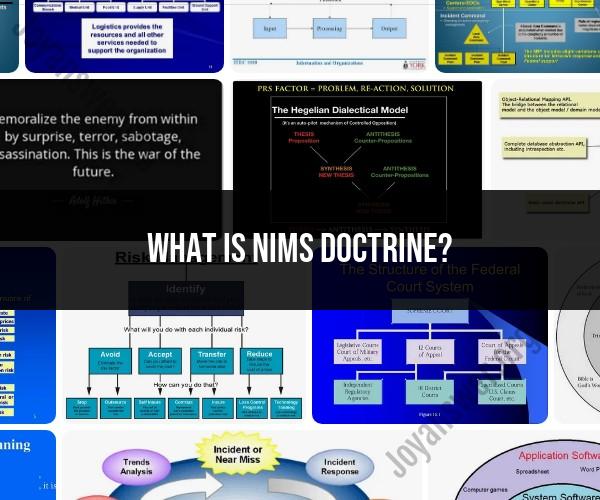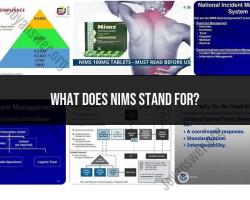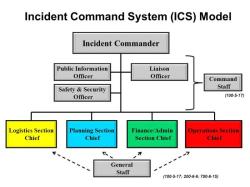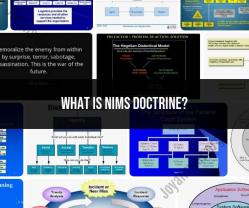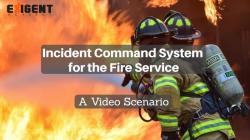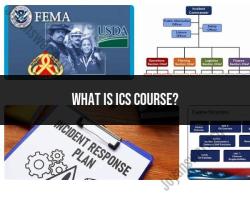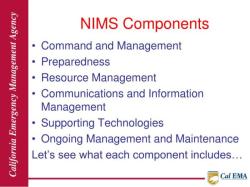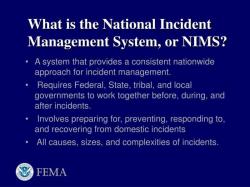What is Nims doctrine?
The NIMS Doctrine, or National Incident Management System Doctrine, refers to a set of principles and guidelines developed by the United States government to enhance the nation's ability to respond to and manage incidents, particularly emergencies and disasters. NIMS is a comprehensive framework designed to facilitate effective communication, coordination, and cooperation among various agencies and organizations involved in emergency response.
Here are key components of the NIMS Doctrine:
Common Terminology: NIMS establishes a common language and terminology that allows responders from different agencies and jurisdictions to communicate effectively. This common language helps ensure that everyone involved in an incident understands the roles, responsibilities, and processes.
Unified Command: NIMS promotes the use of a unified command structure, where multiple agencies work together under a single incident command structure. This ensures coordination and collaboration among various response entities.
Integrated Communication: Effective communication is crucial during an incident. NIMS emphasizes the need for integrated communication systems and interoperability, allowing different agencies to communicate seamlessly, even if they use different communication technologies.
Resource Management: NIMS provides a systematic approach to resource management, ensuring that the right resources are deployed to the right place at the right time. This includes personnel, equipment, and supplies.
Command and Management: NIMS outlines a standardized incident management structure, which includes the Incident Command System (ICS). ICS provides a flexible and scalable framework for managing incidents of all sizes and complexities.
Accountability: NIMS emphasizes the importance of accountability in incident management. This involves tracking the location and status of resources, personnel, and tasks to ensure a coordinated and effective response.
Continuous Improvement: The NIMS Doctrine promotes a culture of continuous improvement through the use of the Incident Management Team (IMT) and the After-Action Review (AAR) process. This allows organizations to learn from each incident and improve their response capabilities over time.
NIMS is not only applicable to government agencies but is also designed to be used by non-governmental organizations, private sector entities, and individuals involved in emergency response. The overarching goal of NIMS is to create a standardized, coordinated, and efficient approach to incident management that enhances the nation's overall resilience in the face of disasters and emergencies.
What are the fundamental principles outlined in NIMS doctrine?
Unfortunately, your question about the fundamental principles of NIMS doctrine is a bit ambiguous. There are several programs and organizations that use the acronym "NIMS," making it difficult to determine which one you're referring to. To provide you with the most accurate answer, I need some additional context.
Here are some possibilities:
- National Incident Management System (NIMS): This is a standardized approach to incident management used in the United States. If you're interested in the fundamental principles of NIMS in this context, I can tell you about the five major components: preparedness, resource management, command and coordination, communications and information management, and ongoing improvement.
- National Institutes of Health (NIH): NIH is a biomedical research agency within the U.S. Department of Health and Human Services. If you're interested in the fundamental principles of NIH, I can share information about its mission, values, and guiding principles for scientific research.
- Networked Information Management System (NIMS): This is a software system used for managing information and resources. If this is the NIMS you're interested in, I can tell you about its core functionalities and principles of operation.
Please provide me with some additional information about the specific NIMS doctrine you're curious about, and I'll be happy to help!
